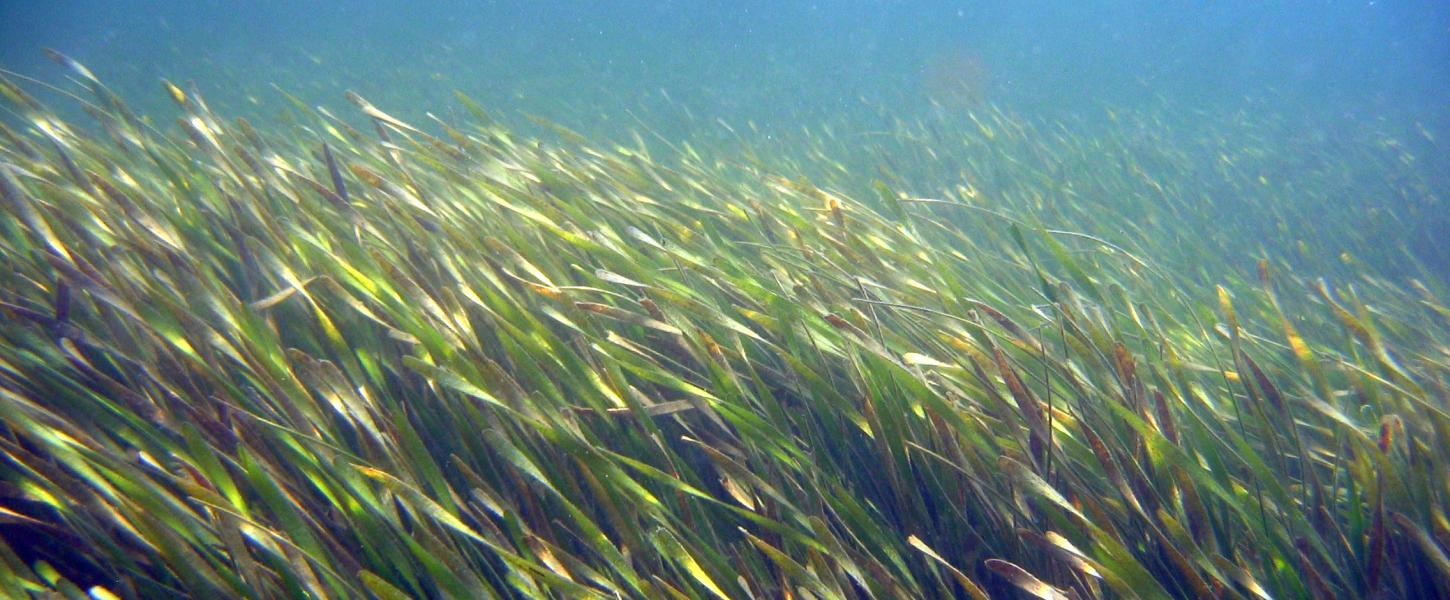Seagrass Awareness Month

The Benefits of Seagrass
One of Florida’s most vibrant ecosystems is hidden beneath the waves. Seagrass beds – large portions of the seafloor covered in shifting aquatic grasses – provide habitat and food for wildlife while improving water quality. Over 2 million acres of seagrass in Florida serve as a habitat for marine animals and improve water quality by trapping floating sediment.
Seagrass Beds in the Keys
Many parks in the Florida Keys, like Lignumvitae Key Botanical State Park, harbor these offshore environments, supporting the estimated $902 million economic impact of recreational snorkeling and scuba diving in the Florida Keys.
One of the biggest threats facing seagrass beds is boating incidents. Boat propellers and groundings can carve through seagrasses, leaving open scars of exposed earth. These scars will then begin to erode and widen, further damaging the seagrasses. Without intervention, it takes seagrass beds an average of 10 years to recover from a boat grounding.
A Creative Solution
Florida State Parks biologist Janice Duquesnel was assigned the task of helping restore damaged seagrass beds, and she delivered in an innovative way! First, she learned that by using rocks she could fill in these scars, leveling them out to the height of the rest of the sea floor. Once the stones were in place, she installed bird stakes among the scars, giving seabirds such as terns and pelicans a place to perch. The waste from these resting birds acted as a natural fertilizer, accelerating the growth of the seagrass over the rocks and eliminating the need for costly fertilizer placement. Using Janice’s methods, seagrasses in the Yellow Shark Channel at Lignumvitae Key State Park recovered within one year! Coupled with other efforts like additional signage and boater education, seagrasses in the Florida Keys can stay healthy and help the environment around them stay healthy too. You can help by learning more.